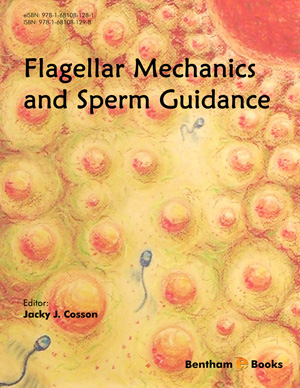Abstract
Restriction fragment length polymorphism (RFLP) has been used to examine the genotypic diversity of bacteria. The technique is based on restriction analysis and hybridization, resulting in the fingerprint patterns. For rhizobia, symbiotic genes have been frequently used as probes for hybridization. Based on the same approach, the insertion sequences (ISs) can be used as probes, resulting in the patterns termed as “IS fingerprints”. The use of ISs as probes for hybridization can provide high-resolution fingerprints of rhizobial strains. The ISs have been found to be abundant in rhizobia. The distribution of ISs varies widely in both IS type and copy number. Several ISs are specific to rhizobial species. The potential of ISs to discriminate among different rhizobial isolates has been reported.
Keywords: Genotypic diversity, Hybridization, Insertion sequence (IS), IS fingerprint, Repeated sequence (RS), Restriction fragment length polymorphism (RFLP), Rhizobia, Southern blot, Symbiotic gene, Transposition.





